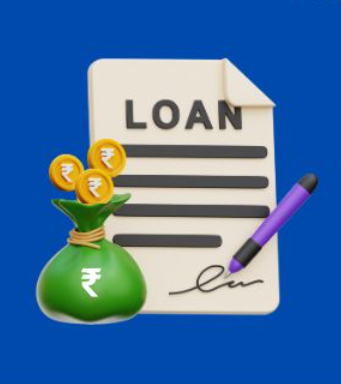
Key Questions to Ask a Financial Advisor During Your First Consultation
When it comes to securing and growing your wealth, making well-informed financial decisions is crucial, especially if you’re a high-net-worth individual or a business owner. Working with a financial advisor can provide you with personalized guidance to help you achieve these goals. However, before entering into a professional relationship with an advisor, it’s important to […]









